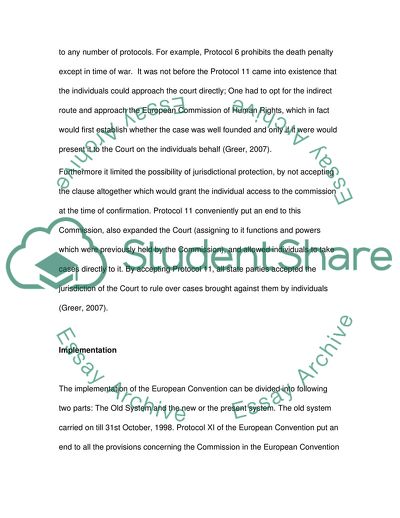Cite this document
(Refugee and Asylum Laws Essay Example | Topics and Well Written Essays - 2000 words - 1, n.d.)
Refugee and Asylum Laws Essay Example | Topics and Well Written Essays - 2000 words - 1. Retrieved from https://studentshare.org/law/1713401-immigration-law
Refugee and Asylum Laws Essay Example | Topics and Well Written Essays - 2000 words - 1. Retrieved from https://studentshare.org/law/1713401-immigration-law
(Refugee and Asylum Laws Essay Example | Topics and Well Written Essays - 2000 Words - 1)
Refugee and Asylum Laws Essay Example | Topics and Well Written Essays - 2000 Words - 1. https://studentshare.org/law/1713401-immigration-law.
Refugee and Asylum Laws Essay Example | Topics and Well Written Essays - 2000 Words - 1. https://studentshare.org/law/1713401-immigration-law.
“Refugee and Asylum Laws Essay Example | Topics and Well Written Essays - 2000 Words - 1”. https://studentshare.org/law/1713401-immigration-law.


